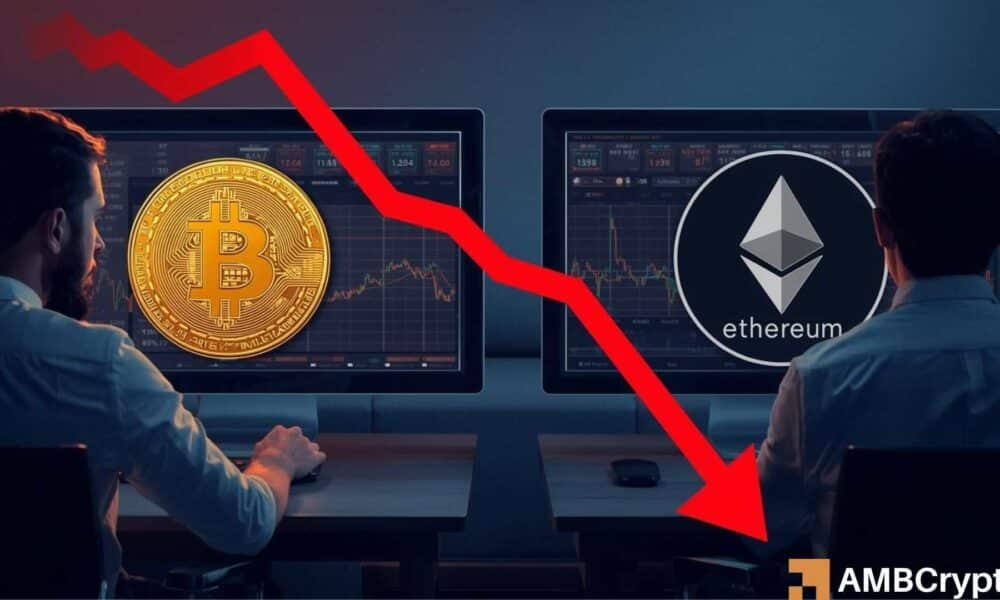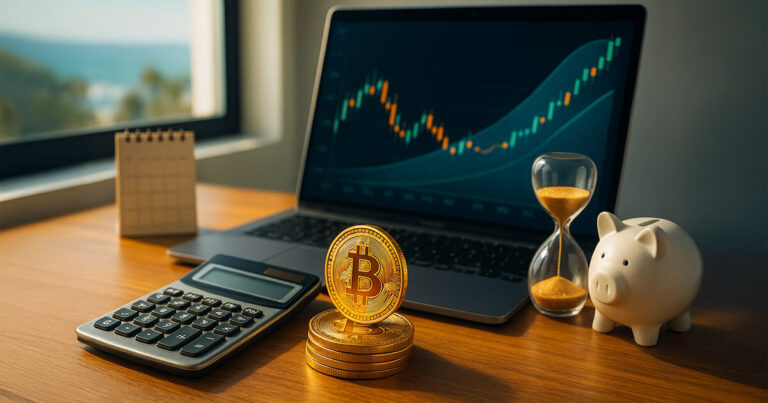Key Takeaways
Why did Hyperliquid record massive liquidations?
Most positions were forcefully closed to ensure the platform remains debt-free.
What’s next post-market crash?
Leaders are calling for better use of insurance funds to safeguard traders’ capital.
Hyperliquid [HYPE] faced massive criticism following its massive liquidation during the recent crash. It topped the charts with $10 billion worth of positions wiped out.
In response, Kris Marszalek, CEO of the exchange Crypto.com, called for a probe into Hyperliquid and other top platforms.
“Regulators should look into the exchanges that had most liquidations in the last 24h and conduct a thorough review of fairness of practices.”
Hyperliquid slams criticism
However, Jeff Yan, CEO and Co-Founder of Hyperliquid, said the claims were “irresponsible.” He clarified that DEX’s liquidation was the highest because it was the most transparent and shared full data.
Most CEXs only allow CoinGlass to sample a limited amount of liquidation data.
In fact, some estimated that the overall liquidation could be as high as $40 billion. That’s double the reported amount of about $20 billion.
Yan added that the move was per the Hyperliquid standard procedures to ensure there is no “irresponsible gambling” and bad debt.
“Any system that does not liquidate the necessary users is irresponsibly gambling with other users’ funds. On Hyperliquid, every order, trade, and liquidation is transparently verifiable on-chain.”
Yan said Hyperliquid didn’t target profitable positions and used auto-liquidation to maintain the platform’s solvency.
“Contrary to misconceptions, HLP is a non-toxic liquidator that does not pick profitable liquidations.”
For the unfamiliar, perpetual trading or leveraged positions are a zero-sum game by design. For every short, there should be a corresponding long.
In this setup, winning shorts earn profits funded by losses from leveraged longs.
But if one side is wiped out (bulls) and shorts make more money as the market crashes, there’s not enough money to pay the winning short sellers. Exchanges close even profitable short positions to prevent bad debt.
Auto-deleveraging (ADL) is the liquidation of last resort. Yan said exchanges apply ADL when their insurance funds or vaults fail to absorb the crash.
Most platforms opted for it during the crash, capping gains and even wiping out other traders’ capital.
Calls for better risk tools
For his part, Tushar Jain, Partner at Multicoin Capital, urged exchanges to use insurance funds to avoid such “value destruction” for users.
That said, the market slipped into an “extreme fear” level seen during the “Liberation Day” tariffs in April.
Historically, this has always been a buying signal. But only a positive update on the China-U.S. tariff wars could calm and juice the markets again.










